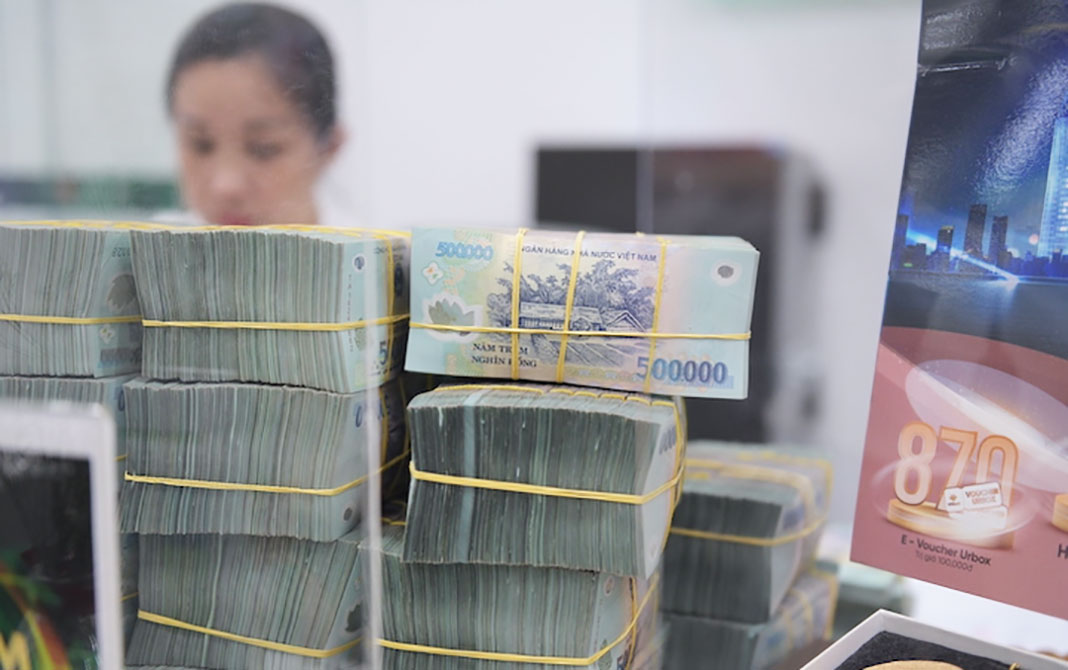HCMC – Bad debt at Vietnamese banks had grown by 10.8% to VND833.3 trillion by the end of May, according to the State Bank of Vietnam (SBV).
Bad debt in groups 3 to 5 (subprime, doubtful, and potentially irrecoverable) accounted for 4.94%.
If unresolved bad debt sold to the Vietnam Asset Management Company (VAMC) and potential bad debts at banks were taken into account, the total would rise to 6.9%.
SBV Deputy Governor Dao Minh Tu disclosed these figures at a press conference reviewing mid-year banking sector performance held on July 23 in Hanoi. He noted that most bad debts were concentrated in a few specially monitored credit institutions.
In the first half of this year, the banking system managed to handle VND96.7 trillion in bad debt, an increase of 28.9% from the same period last year. Of this, 48.9% was handled through risk provisions.
The SBV has instructed banks to implement two main strategies to manage bad debt. First, they must improve credit appraisal, approval, asset valuation, and collateral management. Banks are also required to adhere to regulations on the use of borrowed funds and intensify efforts to resolve and recover bad debts, in line with the targets set in the 2021-2025 restructuring plan.
Second, banks with bad debt above 3% of total outstanding loans, and non-bank lenders above 5%, must take appropriate measures to improve credit quality. The SBV has established a steering committee for bad debt recovery and handling teams to oversee banks with high bad debt ratios.
The aim is to reduce the bad debt ratio to below 3% for banks and below 5% for non-bank financial institutions by December 31, 2025.
Despite the rise in bad debt, Tu emphasized that banks should focus on credit growth to support businesses and economic expansion. As of June 28, credit for the economy had expanded by 6% compared to the end of 2023, with a focus on economic growth drivers and new trends such as green credit.









